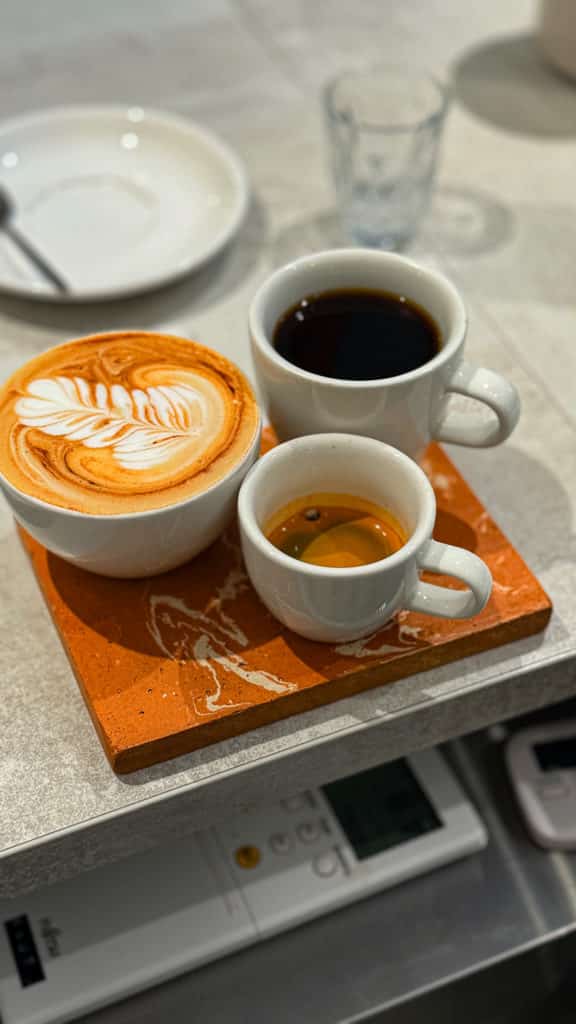
Milk-based coffee drinks are a staple in coffee shops worldwide, cherished for their creamy, velvety texture combined with rich espresso. Central to these beverages is microfoam—finely textured milk filled with tiny air bubbles—that crowns the drink. The quantity of microfoam plays a crucial role in defining each milk-based coffee drink.
The Role of Microfoam in Milk-Based Coffee
Microfoam, characterized by its smooth texture and small air bubbles, is essential in creating the desired mouthfeel and appearance of milk-based coffees. While there are guidelines for the amount of microfoam each drink should have, there is an ongoing debate in the coffee industry about the flexibility of these standards.
Cappuccino: A Classic Redefined
The cappuccino, perhaps the most iconic milk-based coffee drink, has evolved significantly since its origins in 19th century Viennese coffee houses, where it was known as “kapuziner.” Initially, it consisted of brewed coffee mixed with milk or cream. The modern cappuccino, however, emerged with the advent of the espresso machine, featuring a layer of foamed milk.
Traditionally, a cappuccino was made using the rule of thirds: one-third espresso, one-third steamed milk, and one-third foamed milk. Today, the Specialty Coffee Association defines it as a 5 to 6oz drink with a harmonious balance of milk and espresso. For us, least 1cm of microfoam is crucial for an ideal cappuccino.
Flat White: Silky and Smooth
The flat white, gaining popularity globally, is known for its silky texture and thin microfoam layer, typically around 0.5cm. Originating from Australia or New Zealand (the debate continues), it usually contains a double shot of espresso. The key to a perfect flat white is steaming the milk with minimal air to achieve a smooth consistency.
Latte: A Creamier Option
Larger than a cappuccino, a latte is perfect for those who prefer a milkier coffee. It features a thin microfoam layer similar to a flat white, approximately 0.5cm, but with a higher milk-to-espresso ratio. This drink is a favorite for its creamy texture and subtle coffee flavor.
Cortado: Espresso Cut with Milk
Originating from Spain, the cortado (meaning “cut”) is an espresso cut with an equal amount of milk, resulting in a 1:1 milk-to-espresso ratio. Typically made with two shots of espresso, it has little to no microfoam, focusing on a smooth blend of milk and coffee.
Macchiato: Marked with Foam
The macchiato comes in two variations: espresso macchiato and latte macchiato. An espresso macchiato is a single shot of espresso “stained” with a small amount of milk foam, while a latte macchiato is a larger drink, layered with steamed milk and topped with espresso, creating distinct layers.
Microfoam’s Dual Role: Texture and Art
Microfoam is not only vital for the texture of milk-based drinks but also for creating latte art. Achieving a balance between taste and visual appeal is crucial. Some customers prefer traditional cappuccinos with thicker foam, but this can hinder the quality of latte art. We think that high-quality latte art should not compromise the drink’s taste and texture.
Evolving Standards in Specialty Coffee
As specialty coffee evolves, so do the definitions and standards of milk-based drinks. Barista workflows often require consistency and speed, leading to similar milk steaming techniques for different drinks. Our team believes that while innovation is important, preserving traditional methods is equally crucial.
Plant Milks: Rising in Popularity
With the increasing popularity of plant-based milks, baristas need to adapt their steaming techniques. The goal remains to create a smooth, shiny microfoam, regardless of the type of milk used. many plant milk brands now closely mimic the microfoam and consistency of dairy milk, enhancing the overall coffee experience.
Conclusion
The coffee industry continues to see shifts in the standards and definitions of milk-based beverages. While traditional methods hold value, there is a growing trend towards more flexible interpretations. Despite these changes, the importance of standardization for consistency and customer satisfaction remains paramount. At De La Sierra Café, we strive to perfect the art of microfoam, ensuring each milk-based drink delivers both in taste and aesthetics.
